What will security guarantees for Ukraine look like?
From boots on the ground to economic sanctions, here are the measures that might stop Russia taking another bite out of Ukraine
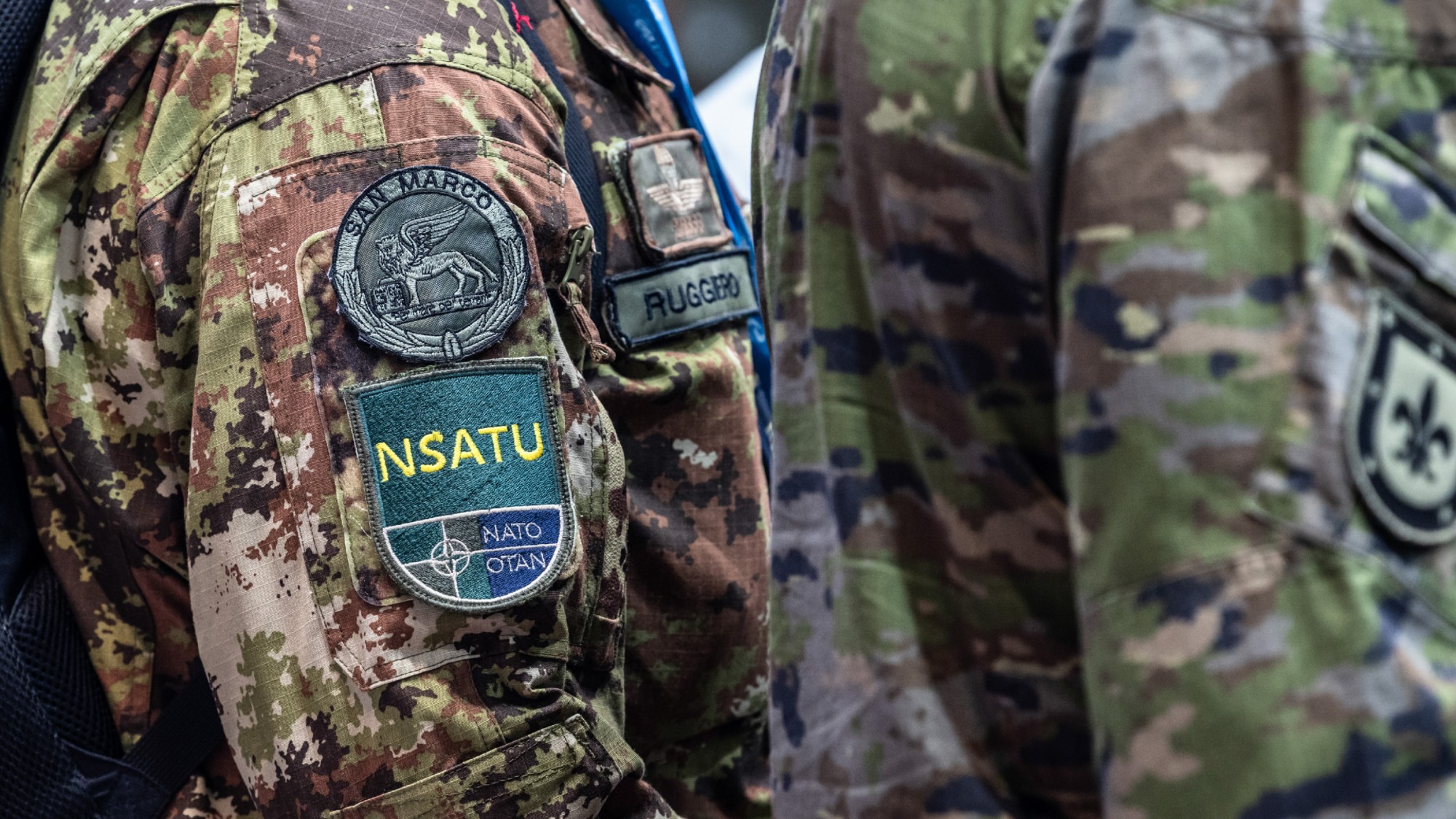
European countries are working with Ukraine's President Volodymyr Zelenskyy on proposed "security guarantees" to protect any future peace deal, measures that Donald Trump has suggested he will support after the historic White House meeting earlier this week.
There is a "wide spectrum" of what this could mean in practice, said the BBC, and a "big question mark" remains over what guarantees Russia will be willing to accept.
What did the commentators say?
The "inherent contradiction" of any security guarantees is that they must be "robust enough" to deter Russia from a future attack, but "not so robust" that Russia refuses to accept them and "threatens to target Western assets" in Ukraine, said the BBC. "Nobody wants to start World War Three."
The Week
Escape your echo chamber. Get the facts behind the news, plus analysis from multiple perspectives.

Sign up for The Week's Free Newsletters
From our morning news briefing to a weekly Good News Newsletter, get the best of The Week delivered directly to your inbox.
From our morning news briefing to a weekly Good News Newsletter, get the best of The Week delivered directly to your inbox.
Trump has ruled out Nato membership for Ukraine and US boots on the ground, but Europe still hopes that Washington will agree to provide logistics and intelligence, and a backstop of military air support if Russia were to renege on any peace deal.
Even for Europe, "I don't think boots on the ground is a credible answer", military analyst Sean Bell told Sky News. Policing the 600-mile border would require 100,000 soldiers at a time and a force of 300,000 to allow for training and rotations. The entire UK army would only make up 10% of that, with France likely to be able to contribute a further 10%.
It's unclear what Putin and Trump agreed at the Alaska summit but the White House claimed Russia had accepted "Nato-style protection" for Ukraine. US special envoy Steve Witkoff described the security guarantees that Putin had accepted as "Article 5-like", referring to Nato's mutual defence clause.
Keir Starmer said the coalition of the willing is "preparing for the deployment of a reassurance force" in the event of "hostilities ending". In practice, that is likely to involve "protecting Ukraine from the skies and sea" and helping to train and replenish its depleted armed forces – or an agreement "with only the threat of military involvement once any deal is breached", said The Times.
A free daily email with the biggest news stories of the day – and the best features from TheWeek.com
What next?
The question remains: how would the coalition respond if its forces were attacked or Russia re-invaded?
"A formal pledge to fight Russia would amount to Article 5 by other means", while a "vague mandate" might "tempt Russia to test European resolve", said The Economist. France's President Emmanuel Macron said the ultimate guarantee would be the strengthening of Ukraine's own – currently much beleaguered – armed forces and thus Russia should not be allowed to impose limits on the size or capability of those forces in a peace deal.
But Kyiv and Moscow's positions remain far apart on territory, said The Economist, and the "Trumpian vision of a peace deal" relies on Russia agreeing to security guarantees for Ukraine, "a state it denies exists".
-
 Critics’ choice: The year’s top 10 movies
Critics’ choice: The year’s top 10 moviesFeature ‘One Battle After Another’ and ‘It Was Just an Accident’ stand out
-
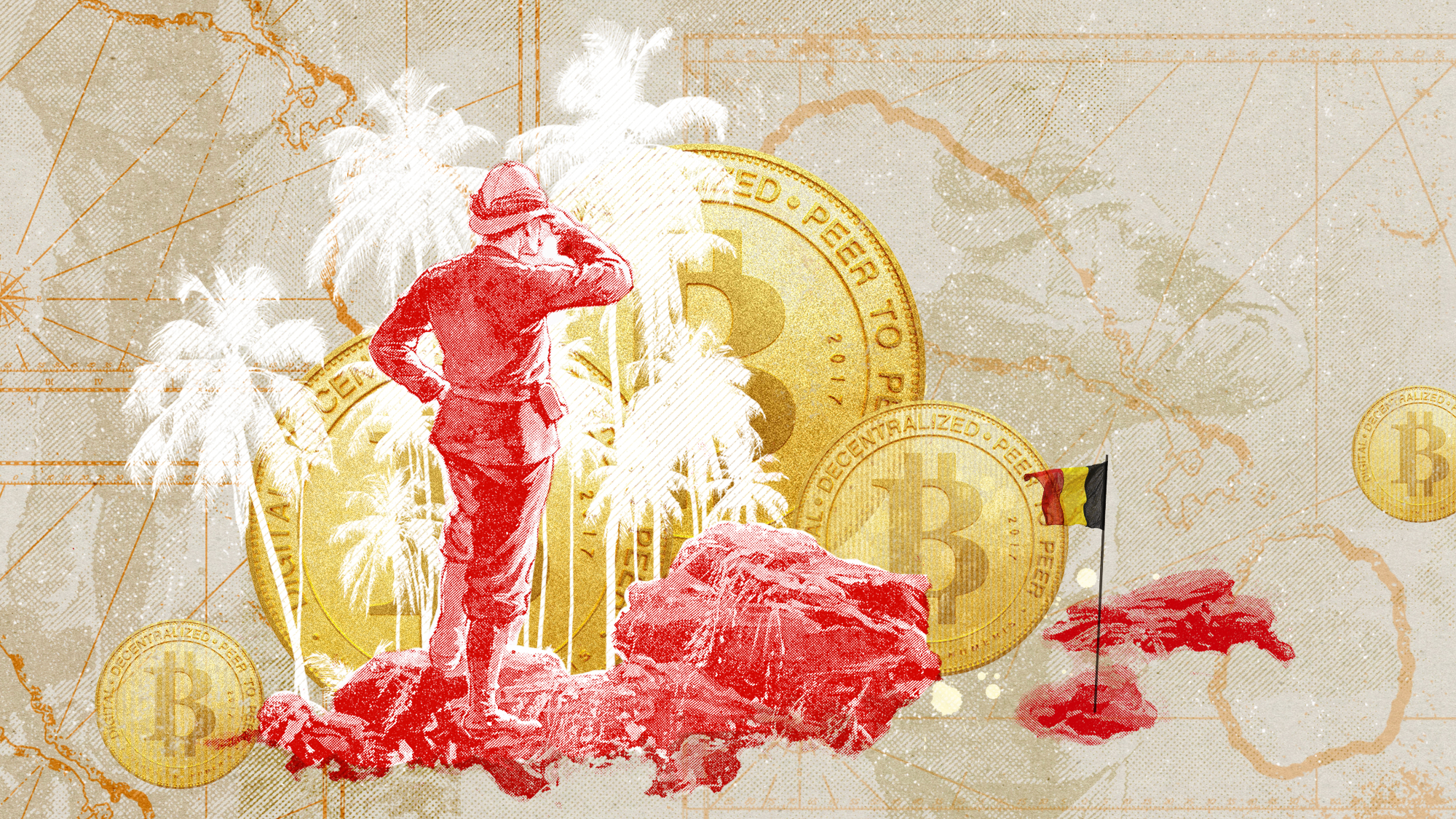 The small Caribbean island courting crypto billions
The small Caribbean island courting crypto billionsUnder the Radar Crypto mogul Olivier Janssens plans to create a libertarian utopia on Nevis
-
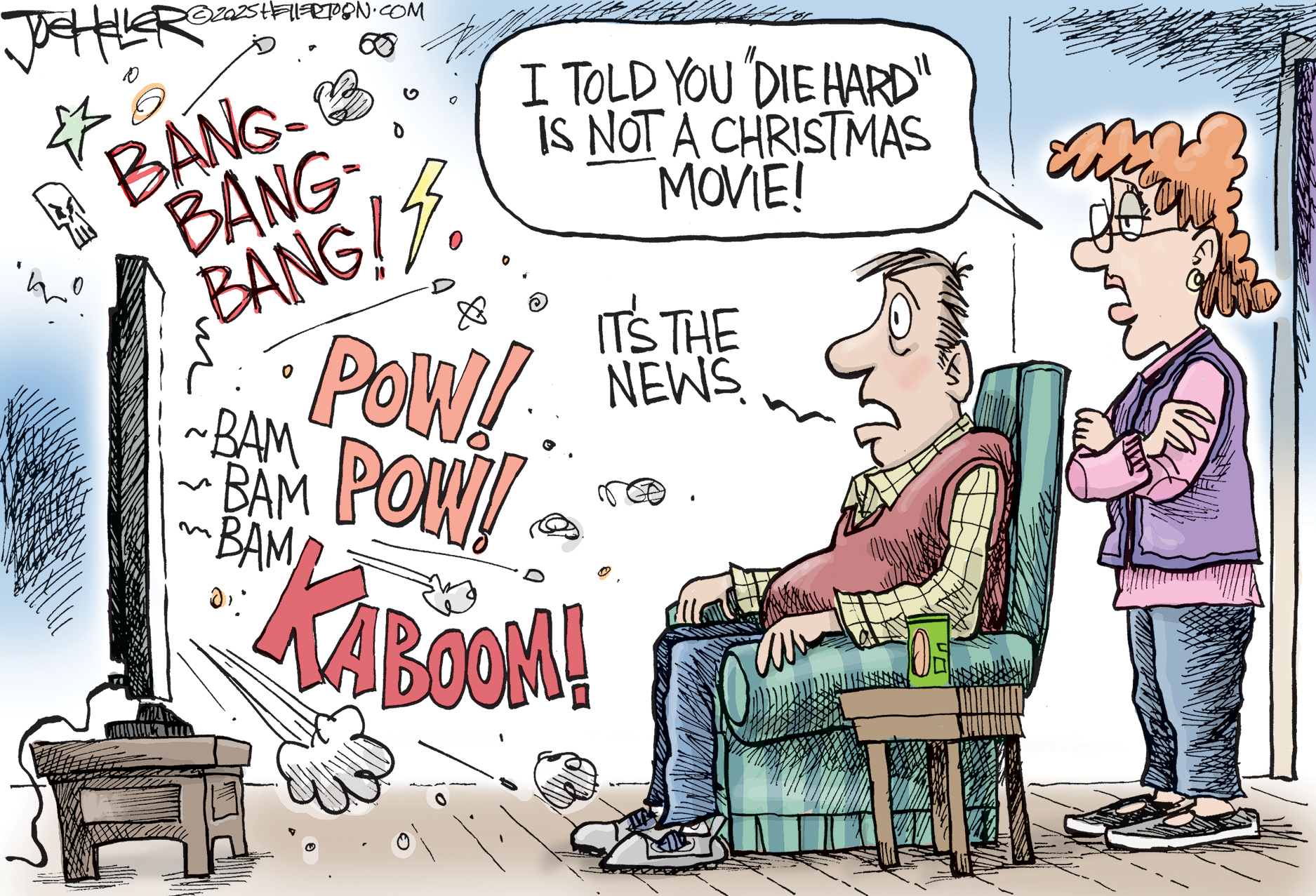 Political cartoons for December 21
Political cartoons for December 21Cartoons Sunday’s political cartoons include Christmas movies, AI sermons, and more
-
 US offers Ukraine NATO-like security pact, with caveats
US offers Ukraine NATO-like security pact, with caveatsSpeed Read The Trump administration has offered Ukraine security guarantees similar to those it would receive from NATO
-
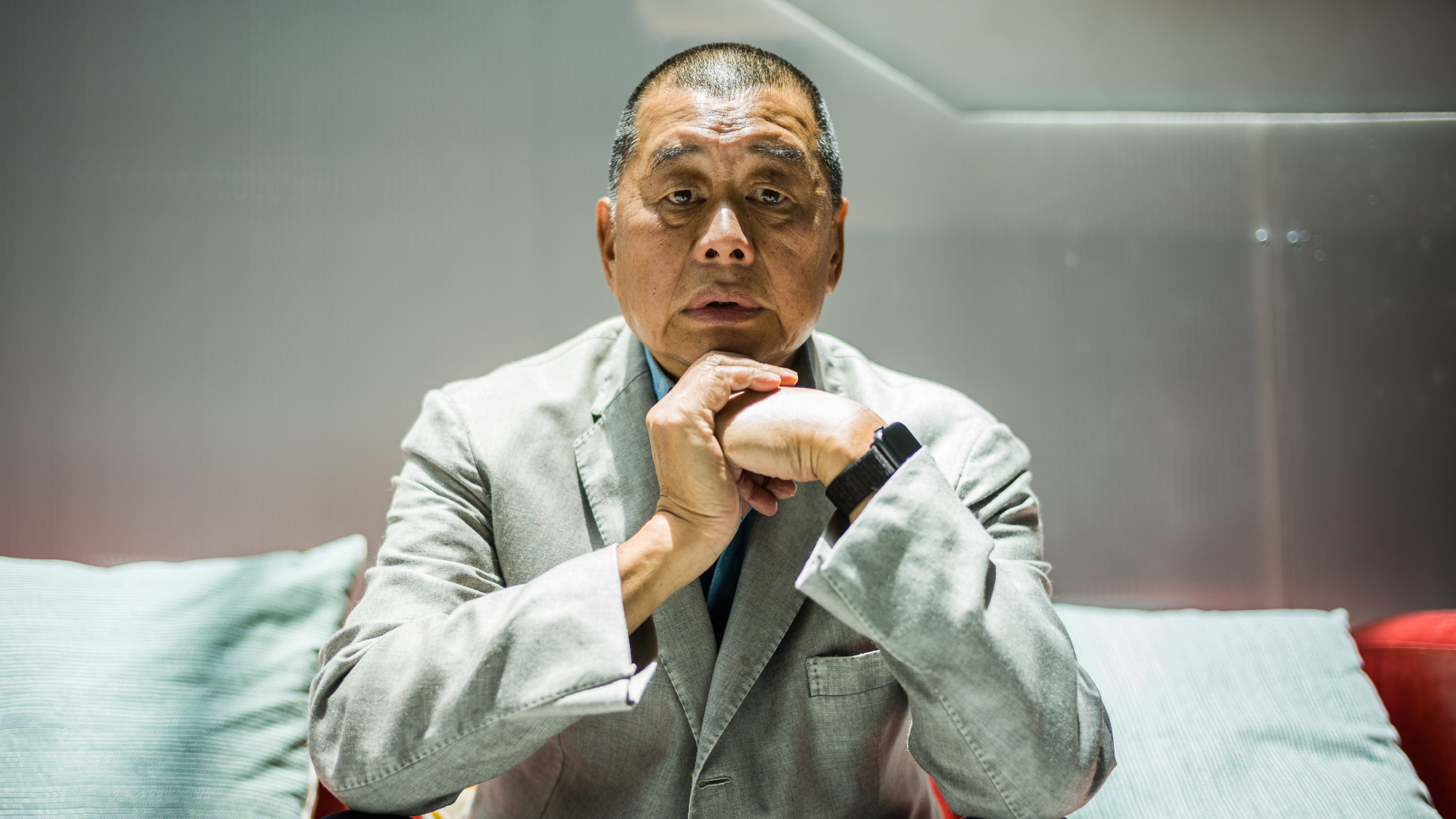 Hong Kong court convicts democracy advocate Lai
Hong Kong court convicts democracy advocate LaiSpeed Read Former Hong Kong media mogul Jimmy Lai was convicted in a landmark national security trial
-
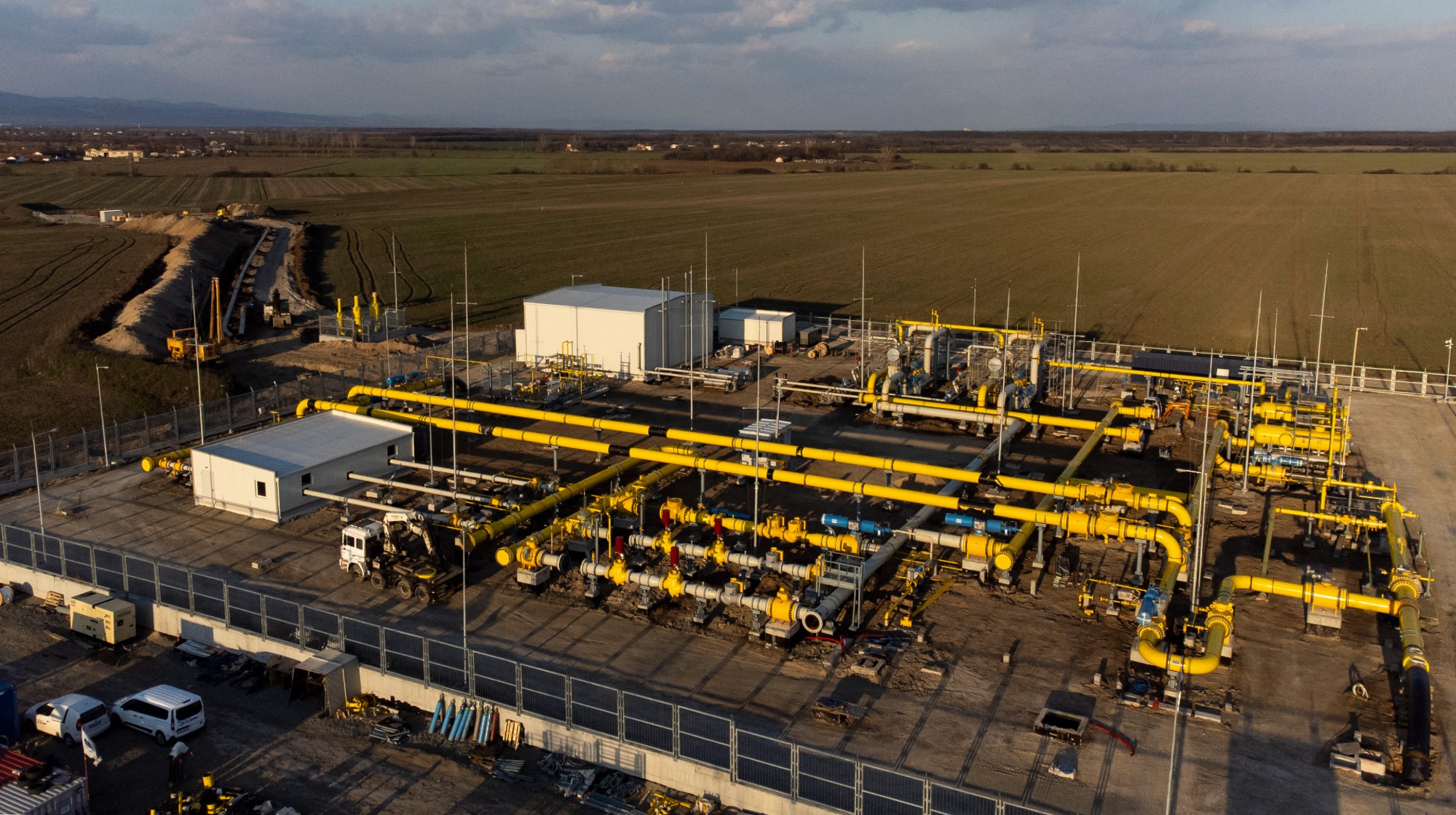 Europe sets 2027 deadline to wean itself from Russian gas
Europe sets 2027 deadline to wean itself from Russian gasIN THE SPOTLIGHT As negotiators attempt to end Russia’s yearslong Ukraine invasion, lawmakers across the EU agree to uncouple gas consumption from Moscow’s petrochemical infrastructure
-
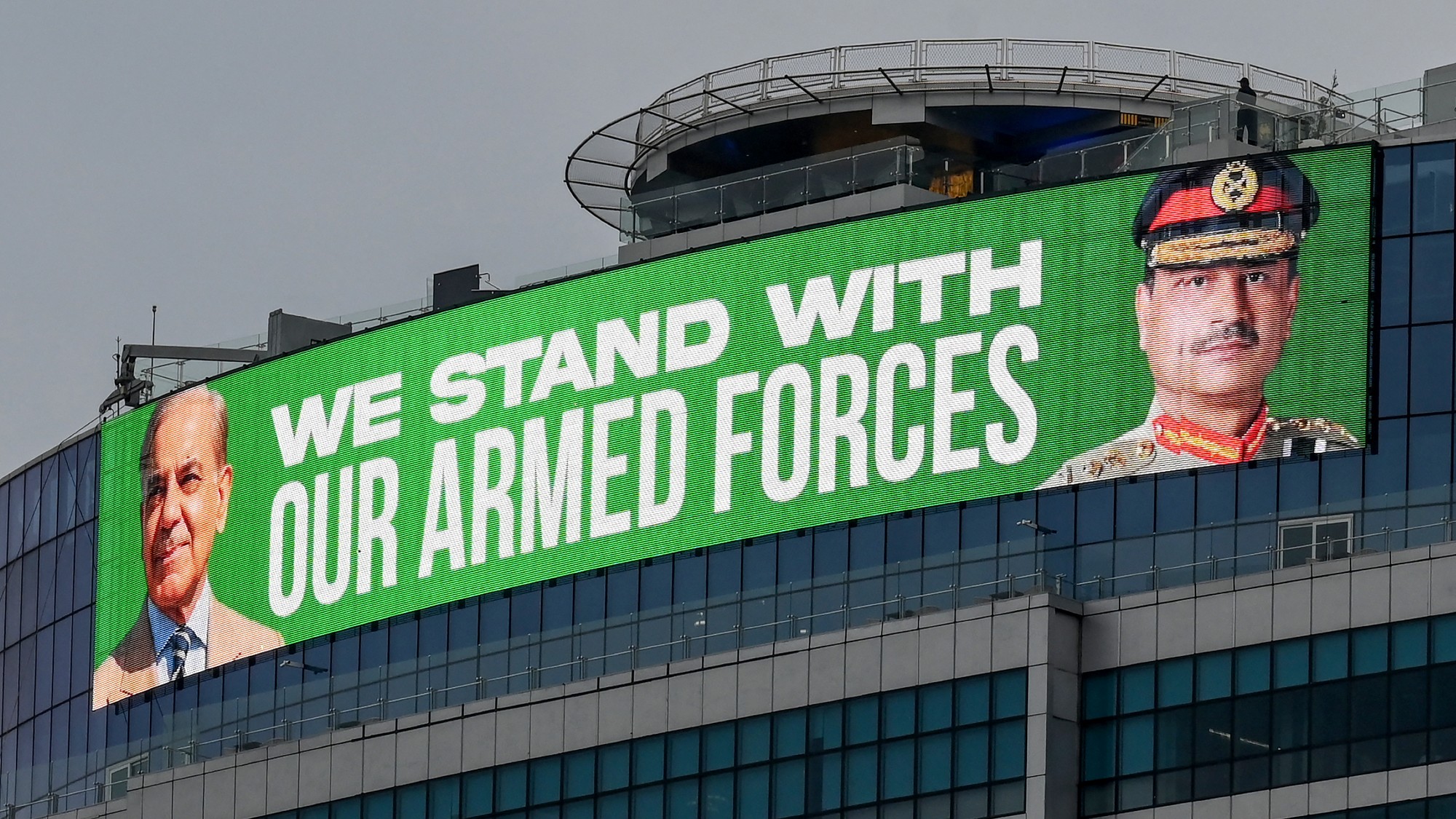 Pakistan: Trump’s ‘favourite field marshal’ takes charge
Pakistan: Trump’s ‘favourite field marshal’ takes chargeIn the Spotlight Asim Munir’s control over all three branches of Pakistan’s military gives him ‘sweeping powers’ – and almost unlimited freedom to use them
-
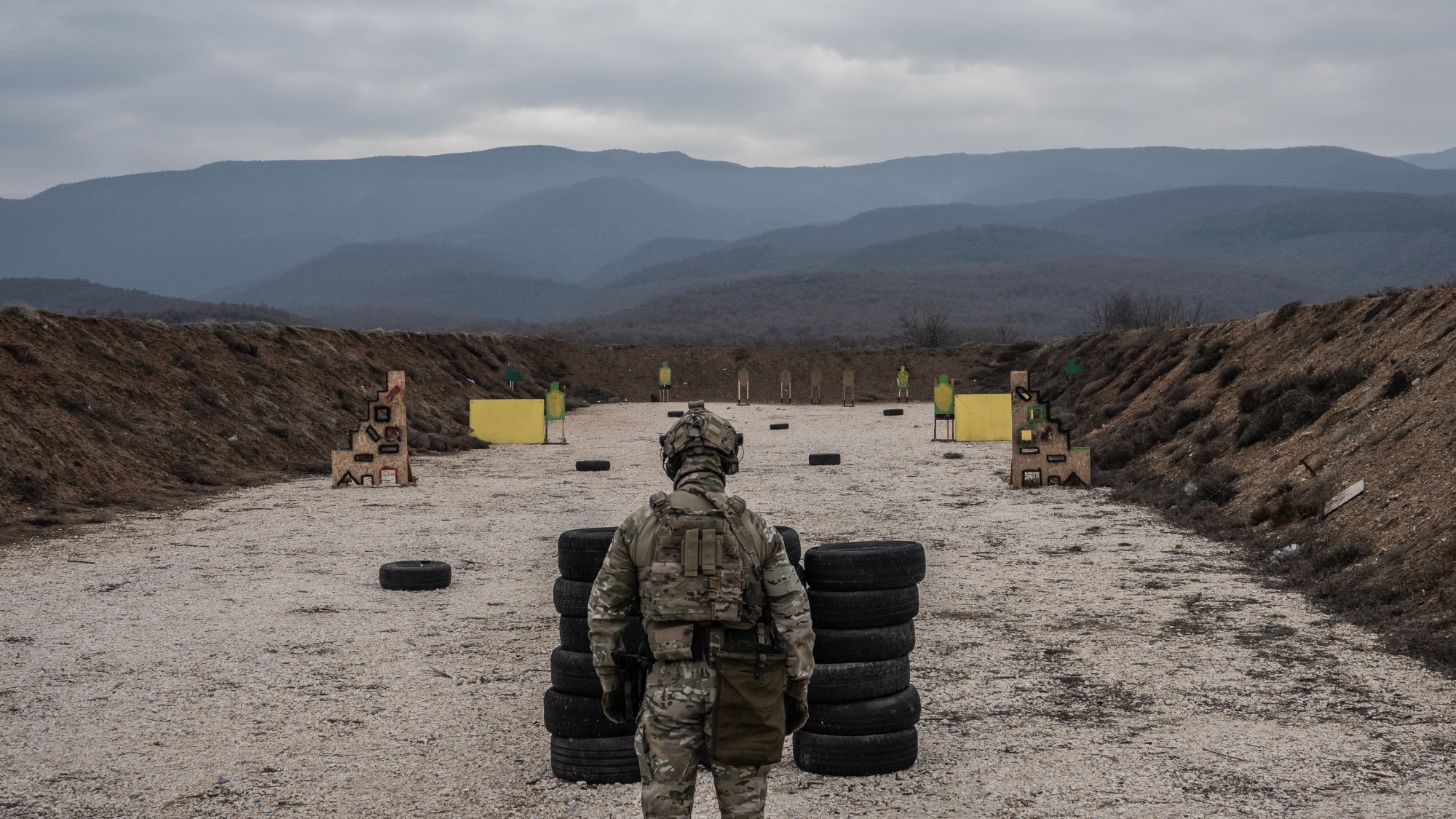 Is Europe finally taking the war to Russia?
Is Europe finally taking the war to Russia?Today's Big Question As Moscow’s drone buzzes and cyberattacks increase, European leaders are taking a more openly aggressive stance
-
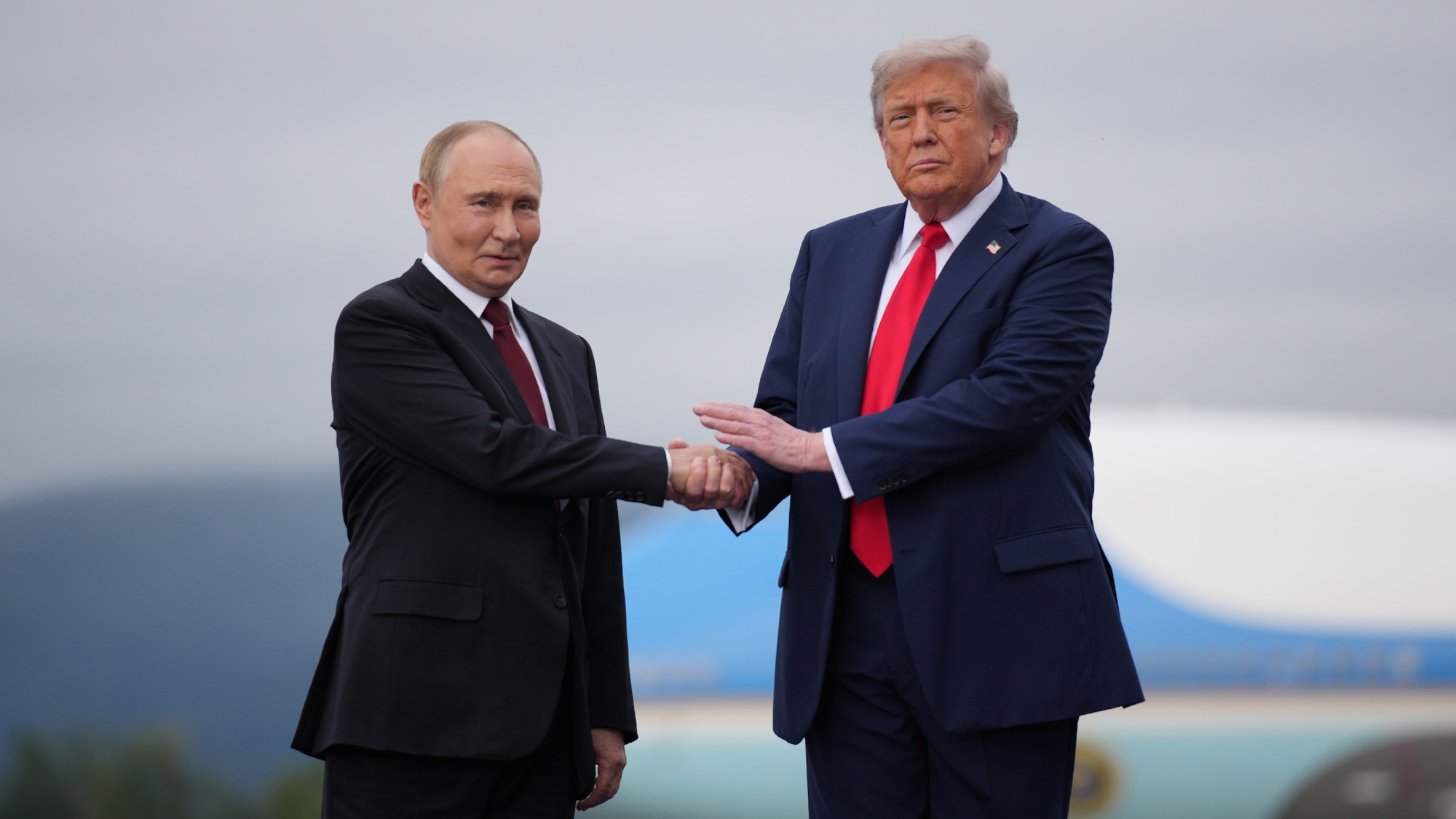 Pushing for peace: is Trump appeasing Moscow?
Pushing for peace: is Trump appeasing Moscow?In Depth European leaders succeeded in bringing themselves in from the cold and softening Moscow’s terms, but Kyiv still faces an unenviable choice
-
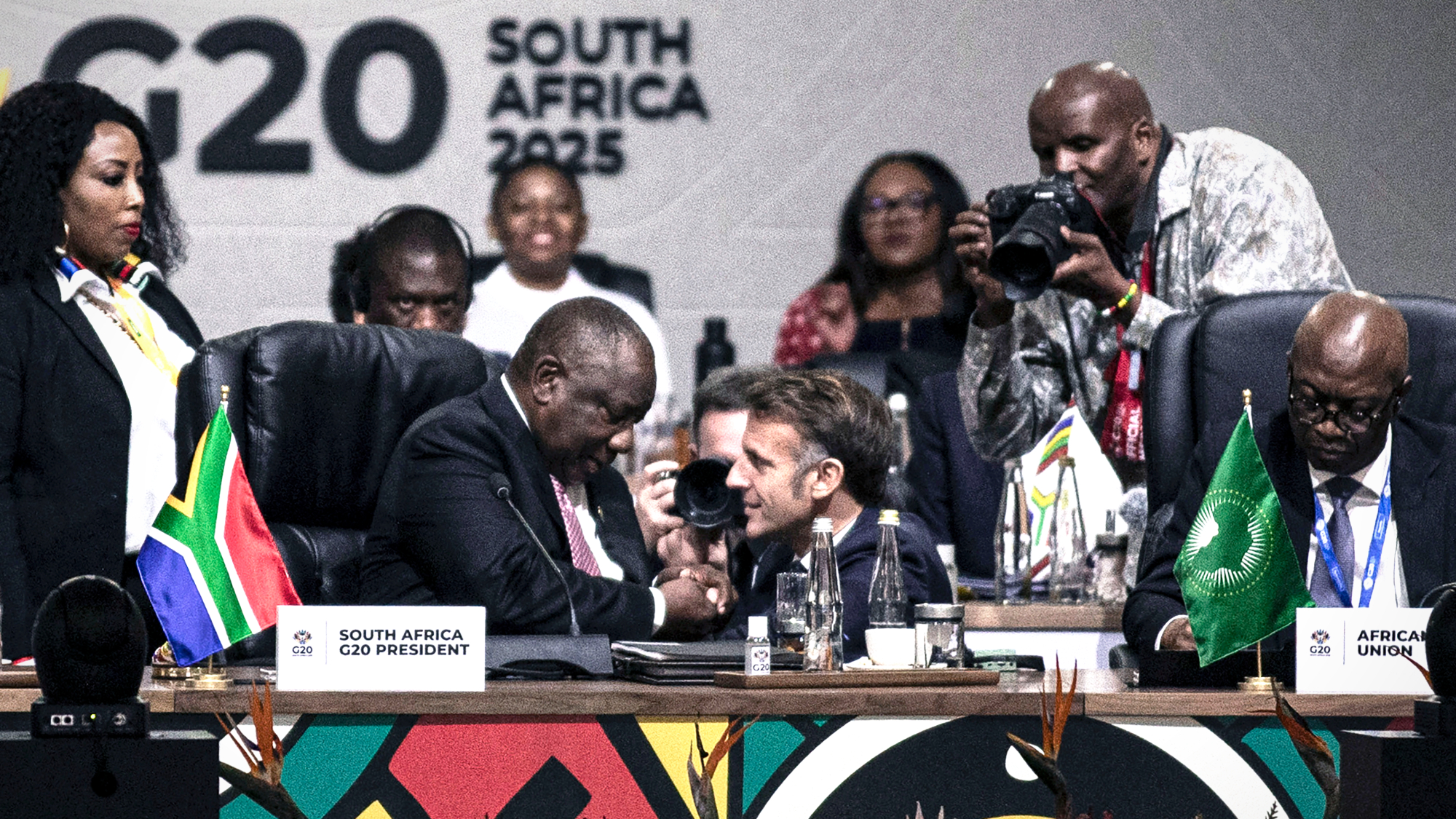 South Africa wraps up G20 summit boycotted by US
South Africa wraps up G20 summit boycotted by USSpeed Read Trump has been sparring with South Africa in recent months
-
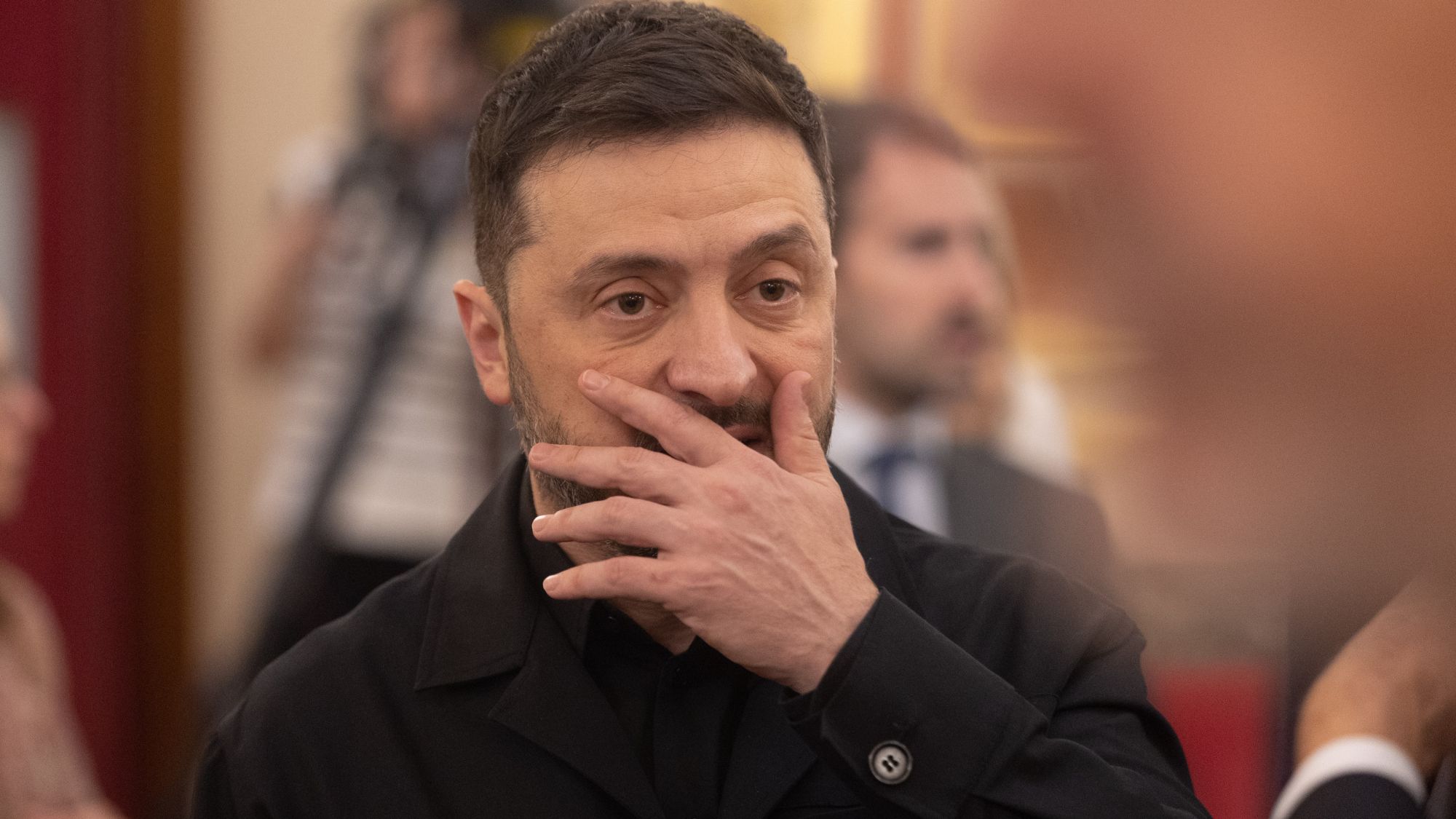 The $100mn scandal undermining Volodymyr Zelenskyy
The $100mn scandal undermining Volodymyr ZelenskyyIn the Spotlight As Russia continues to vent its military aggression on Ukraine, ‘corruption scandals are weakening the domestic front’